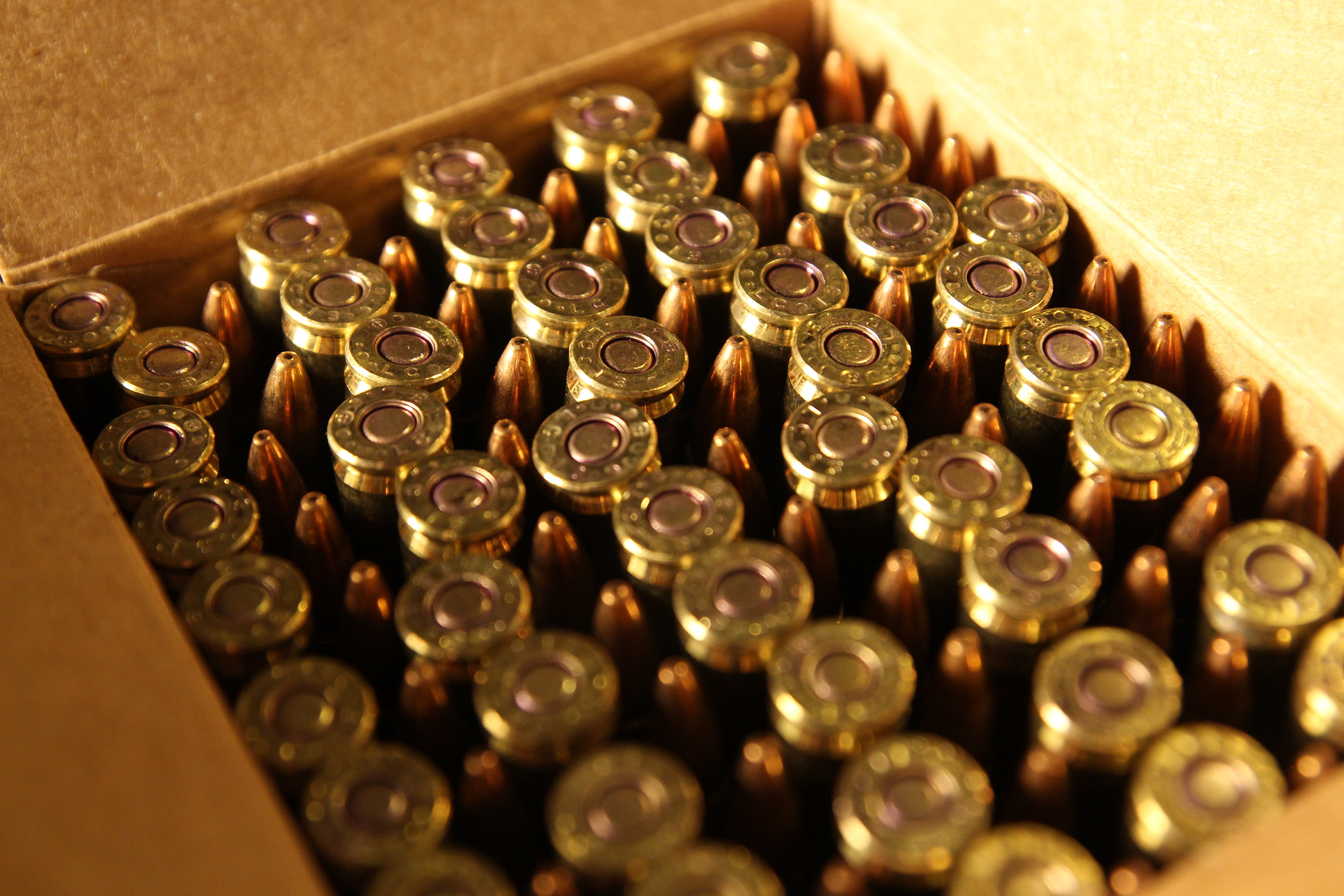A Surgeon's Guide to Gunshot Wounds
She looked at the CAT scan and thought, “What the hell…”
Christine Park remembers him well. He was in his early 20s and seemed too young to be in the hospital for a gunshot wound. But that’s not what stood out to her most about this patient. What stood out was his CAT scan.
She is a second year surgical resident at Mount Sinai Beth Israel Medical Center. “I don’t think I had ever seen a CAT scan of someone with a retained bullet in their spine,” Park said. “The bullet fragments reflect so much light in the CAT scan. I remember looking at it and thinking, ‘What the hell….’”
At the time she saw the bullet in the young man’s back, Park was completing her trauma rotation at Lincoln Medical Center in the Bronx, where she said the medical center received gunshot and stabbing victims almost every night. The number of deaths caused by firearms has decreased in recent years. But gun violence in New York continues to be a significant threat, with more than 40 percent of homicides in New York State a result of gun use, according to New Yorkers Against Violence, an advocacy group. And according to a summary of vital statistics from 2014, New York City had 257 deaths due to the use of firearms that year.
The majority of the patients with gunshot wounds that Park saw come through the Lincoln Medical Center were related to gang violence, she said. The patients were mainly in their early 20s and, when they were asked what happened, she said, they often claimed to be a bystander.
When treatment for a gunshot wound begins, things can get complicated. Medically, gunshot wounds are categorized as trauma, Park said. Trauma can also include injuries from, say, a motor vehicle accident, a fall, or from burns or stab wounds. The first step to addressing all traumas is to conduct a primary survey—known as the ABCDE Survey—which is a practice standardized by the American Trauma Society.
As Park tells it, the ABCDE Survey goes this way:
A: Airway. Check a patient’s airway to make sure that they can breathe.
B: Breathing. If the patient’s airway is clear, the doctor still needs to make sure that they are breathing. If the patient is not breathing then the doctor must intubate, which requires the placement of a breathing tube in their airway. Once intubated, the patient is then mechanically ventilated, helping exchange oxygen and carbon dioxide.
C: Circulation. The doctor must check the patient for adequate circulation by looking at their heart rate and blood pressure. If there is active bleeding from a gunshot wound, this is the time to stop it.
D: Disability. At this stage, the doctor is looking for neurological deficits by checking that the patient can move his or her extremities and can respond appropriately. This is important if a patient is shot in the spine or in their leg.
E: Exposure. This requires the patient to be fully undressed, so the doctors can visualize and inspect the body to ensure there are no other injuries that have been missed.
“A lot of these are happening simultaneously, but this is the order of what should be prioritized,” Park said. “So while someone is taking care of a patient’s airwaves, someone else is putting in an IV.”
In any trauma case, one doctor is designated as the leader, Park said. That doctor stands near the head of the patient and assigns other doctors to what needs to be done during the ABCDE survey. The survey takes about 10 to 15 minutes, depending on whether or not there are complications. Following the ABCDE survey is a secondary survey—an attempt to get such things as the patient’s history, background, allergies, and when the patient last had a meal.
Most gunshot wounds that Park saw were either in the chest, abdomen, or extremities, and the location of the wound determines the kind of surgery. A wound to the abdomen—from below a patient’s breast to their pelvic bone—will typically result in a trip to the operating room. Gunshot wounds to the chest—from the breastbone to the neck area, including the hearts and lungs, have been the most fatal for patients in Park’s experience. And finally, gunshot wounds to the extremities—arms and legs—require an evaluation of nerve damage.
The young man with the bullet lodged in his spine? It did not go well.
Park said she remembers this particular patient because he was in denial about how the gunshot wound would impact his life. He was paralyzed—from his belly button down—for life. This would affect his sexual function and put him in a wheelchair. Furthermore, he could no longer control his bowels.
For Park, seeing patients in pain isn’t as hard for her now as it was when before she started medical school. She said her wiring is different. “You become apathetic to someone’s pain,” Park said. “And that’s a known coping mechanism of doctors. They don’t get attached to their patients. Because it’s too hard if you get attached.”
The Impact
One Shoe At A Time: A Mother Turns Pain Into Purpose
An Unsolved Shooting Baffles a Mom for Two Decades
How Grief and Anger Turned Into Action
Silver Gun: A Robbery in Queens
Shooter: “It’s Either Them or Me”
After a Single Dad is Shot, a Community Reels
